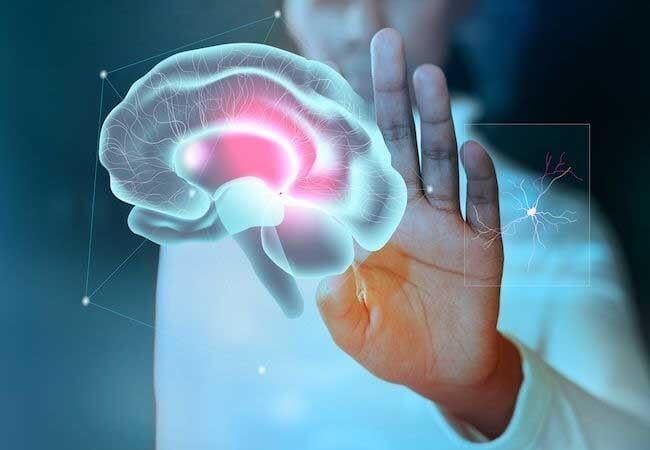The American Heart Association and the American Stroke Association have just published the "2022 Guideline for the Management of Patients With Spontaneous Intracerebral Hemorrhage". This document makes substantial changes to its previous editions; for example, it points out that traditional in-hospital therapies, such treatment with anticonvulsants or steroids confer either no benefit or harm. In addition, recent medical evidence was added to help reduce knowledge gap.

Below we offer you some of the most relevant points of the 2022 Guides and a link where you can read the complete document.
Notable Recommendations of the “2022 Guideline for the Management of Patients With Spontaneous Intracerebral Hemorrhage”
Notable Recommendations of the “2022 Guideline for the Management of Patients With Spontaneous Intracerebral Hemorrhage”
- To provide optimal care for patients with ICH it is necessary that health systems are organized. The Guide recommends the creation and development of regional systems that provide initial care and that can refer patients timely to units where neurocritical care and neurosurgeries are provided.
- The Guide emphasizes the need to identify markers of the etiology of both microvascular and macrovascular hemorrhage.
- Hematoma expansion is associated with a worse outcome. Therefore, there are now different markers of neuroimaging, which, together with clinical markers, help predict the risk of it.
- Clinical markers that help predicting hematoma expansion include the time since bleeding began and whether the patient uses anticoagulants. Neuroimaging markers include signs detectable by non-contrast CT scan, which is the most used test in ICH.
- Spontaneous Intracerebral Hemorrhage in an anticoagulated patient has a very high risk of mortality and morbidity. Therefore, in addition to indicating to discontinue anticoagulation therapy, the Guide provides updated recommendations to reverse their effect quickly.
To reverse vitamin K antagonists (warfarin. acenocoumarol) it suggests using vitamin K protein complex concentrate, rather than fresh frozen plasma.
For thrombin inhibitors, such as dabigatran, they considered reasonable the use of idarucizumab. To reverse factor Xa inhibitors (rivaroxaban, apixaban or edoxaban), the use of andexenet is suggested.
And to reverse unfractionated heparins and low molecular weight heparins, the Guide indicates protamine.
- Regarding the recovery and rehabilitation of the patient, the Guide recommends a multidisciplinary medical team that aims to discharge cases with mild-moderate ICH as soon as possible. It also indicates initiating rehabilitation activities 24-48 hours after a moderate ICH, although it points out that aggressive mobilization after the first 24 hours seems to worsen 14-day mortality.
- Finally, the "2022 Guideline for the Management of Patients With Spontaneous Intracerebral Hemorrhage” emphasizes providing support to the primary caregiver of the patient. This includes psychosocial education, practical support and training, so the caregiver can contribute to the patient's quality of life without neglecting its own.
To read the full document, click here.


